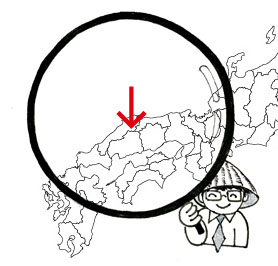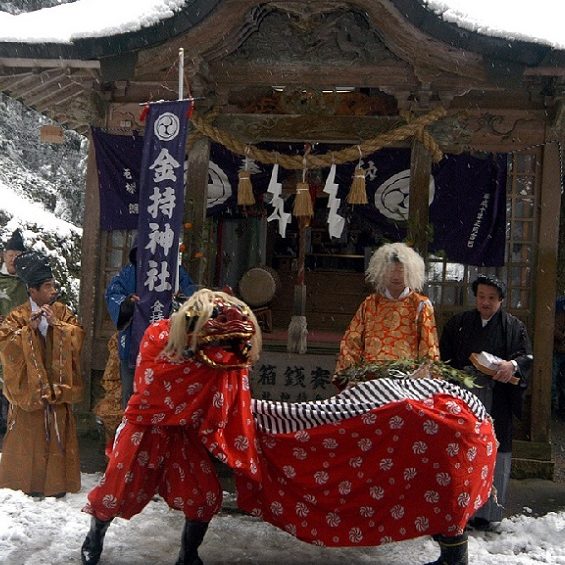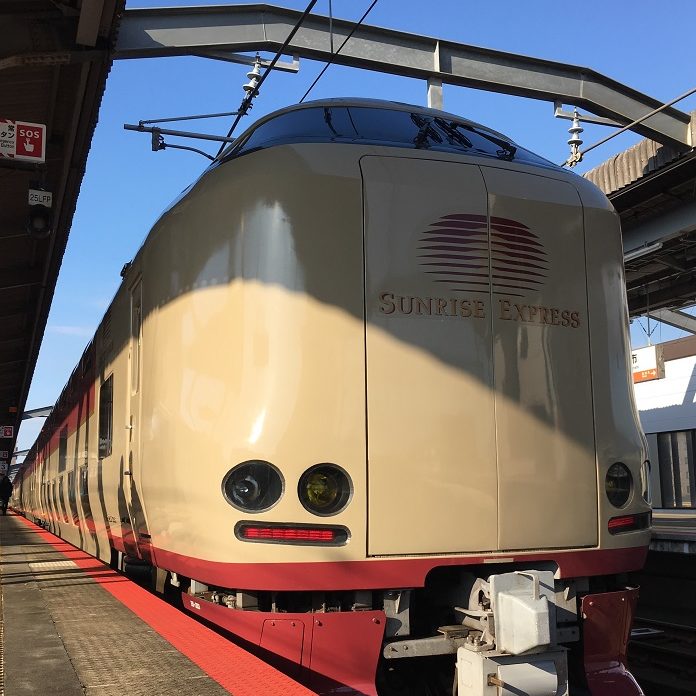- Viewpoints
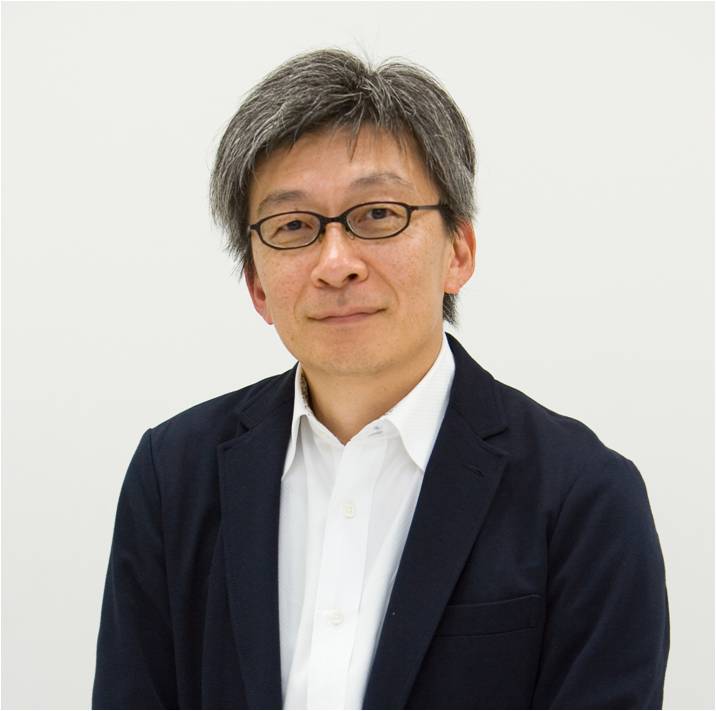
Sub leader, Hakuhodo Brand Design
Japan has villages all along its mountainsides, many more than you might think. Life in these villages, which are sometimes referred to in expert circles as mesomountainous regions (chusankan chiiki), is reflective of this country. After all, 75% of our land is mountainous.
From Izumo Airport we crossed not one, not two, but three mountains and trekked even further into the interior before we arrived at a vast plateau as far as the eye could see, as if the steep hills and valleys we had just crossed were a figment of my imagination.
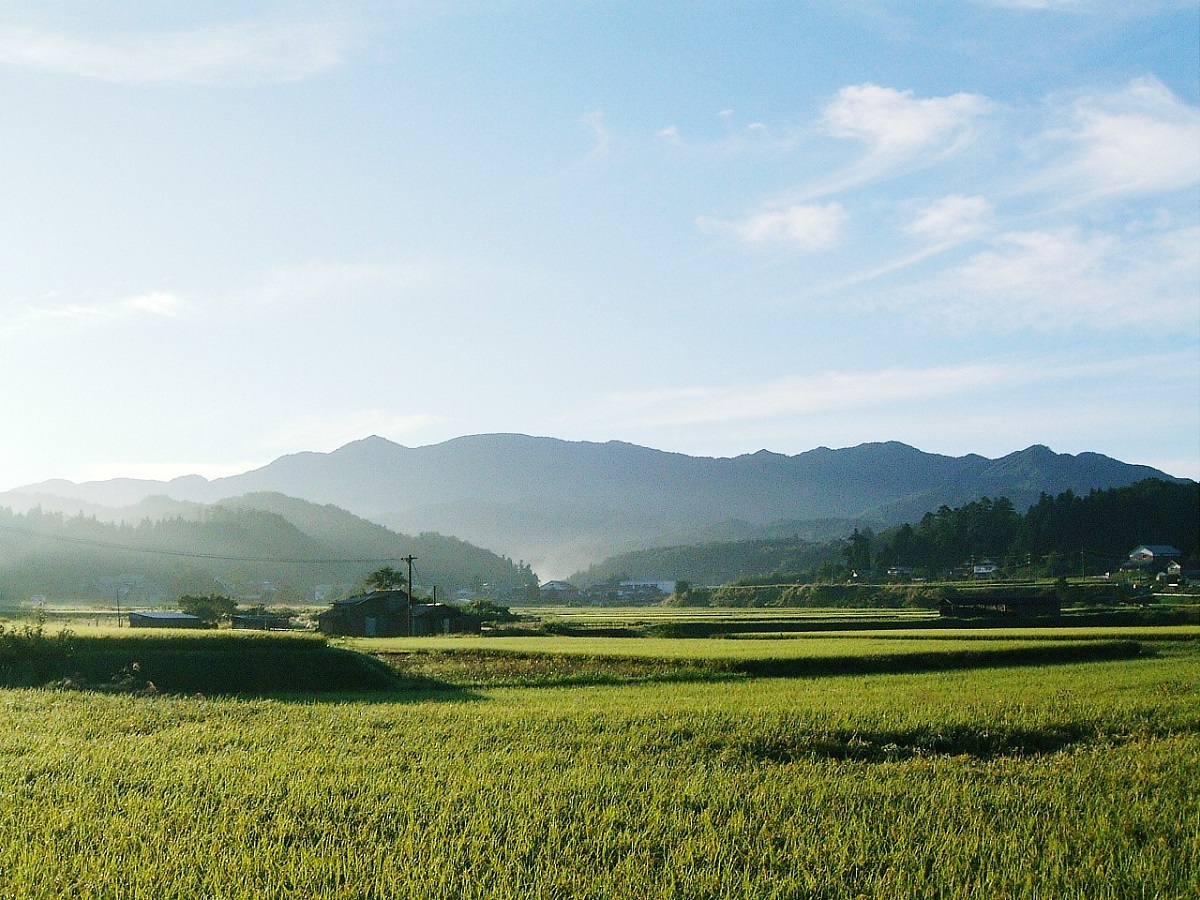 Photo 1: A Panoramic View of Okuizumo
Photo 1: A Panoramic View of OkuizumoWhile the city of Izumo sits on the coast of the Sea of Japan, the small town of Okuizumo is located deep in the Chugoku Mountains, just as its name indicates–oku in Japanese means “deep.” Izumo has long been a place steeped in Japanese myth and folklore. And since this area is specifically known for Yamata no Orochi, the tale of Eight-Forked Serpent, which is one of Japan’s best-known creation myths, some people consider this area the birthplace of the country. To this day, its lush rural landscape continues to be as sublime and divine as it was in ancient myth and is filled with an indescribable energy.
The expansive plain was carpeted with breathtaking terraced rice paddies. Residual hills, called zankyu, dot the area and add a nice accent and contour to the landscape. This magnificent view is the result of careful preservation of ancestral tombs, shrines, and temples, which are housed within these hills. Or so I’m told.
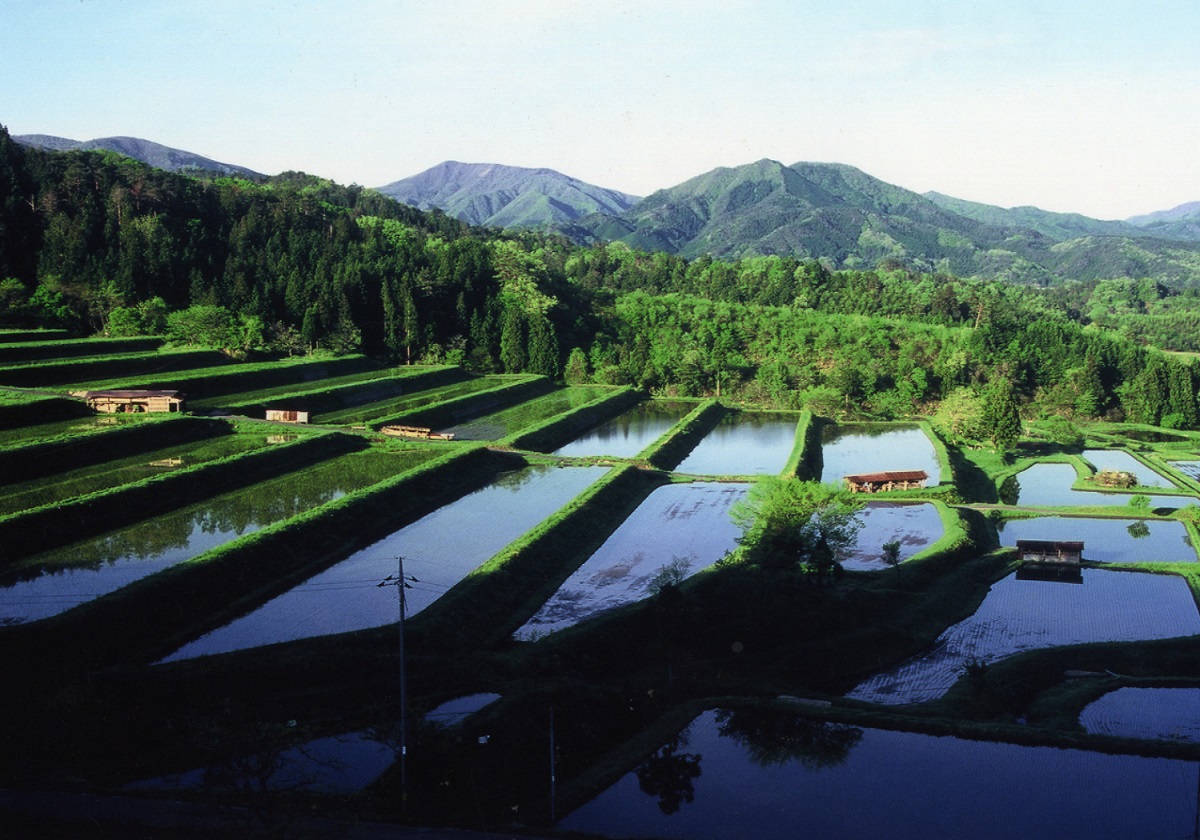 Photo 2: Okuizumo Rice Terraces
Photo 2: Okuizumo Rice Terraces“I’m quitting,” a former colleague told me out of the blue one evening about two and a half years ago. It was always the ones with great ambition, deep humility, and extraordinary talent who left our company. I’d already lost count of how many colleagues I had said goodbye to. “I’m going back to Shimane. There is something I want to do there, something I have to do. You’ve never been to Shimane, have you? You have to come visit! I’ll show you around.”
I had never crossed paths with either Shimane prefecture or the surrounding San-in region up until this point in my life. I knew of the famous Izumo Shrine, but that was about it. I couldn’t tell if Shimane was west of Tottori or the other way around, and I didn’t even know how to get there. All I could think about was a hard life haunted by devastating depopulation in the region.
“You have to come!” My normally calm colleague implored, looking me straight in the eye. Six months later, he was taking me around Shimane. That’s when I came across Okuizumo for the first time.
The town officials gave me, a complete stranger, a grand welcome. They took me to see the sights around town and introduced us to a variety of prominent members of the community. At night, they even hosted a big party for me.
The Nita district of Okuizumo is famous for producing delicious rice that is often compared to the famed Uonuma rice of eastern Japan. There, a rice farmer invited us for lunch at his house and served us rice balls he prepared himself. I had the pleasure to try other delicacies while I was in Okuizumo, too. The soba was exceptional, and I was surprised by the tender juiciness of Nita beef and the pleasant texture of local wild vegetables.
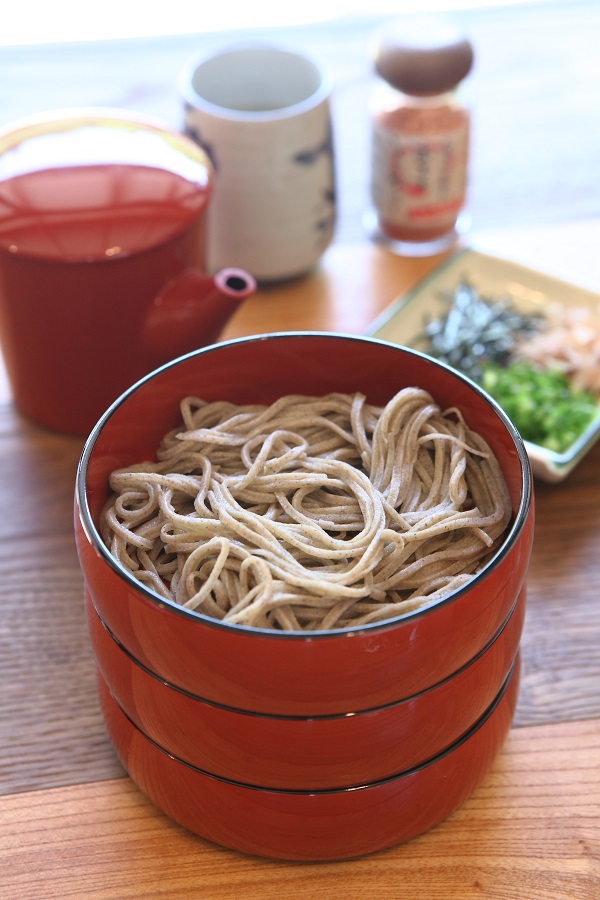 Photo 3: Okuizumo Soba
Photo 3: Okuizumo SobaAt the party I reflected on the wonderful day immersing myself in the beautiful feeling of discovering such a charming town and its wonderful residents in the middle of the mountains. But I had yet to discover the real depth of the town and the area in general, and this visit was just a beginning of a long journey to come.
A very nice member of the municipal government staff wore a big smile as he started to tell us about this town’s history and the culture. He carried himself gracefully as he munched on local Nita rice. “So, you want to know about the residual hills? Our ancestors made them when they cut through the mountains back in the day. That’s how the area got so flat and we were able to start growing rice. They were careful to preserve ancestral tombs and keep shrines and temples intact when they cut them down. Those spots became the tumuli, or mounds, you see today.”
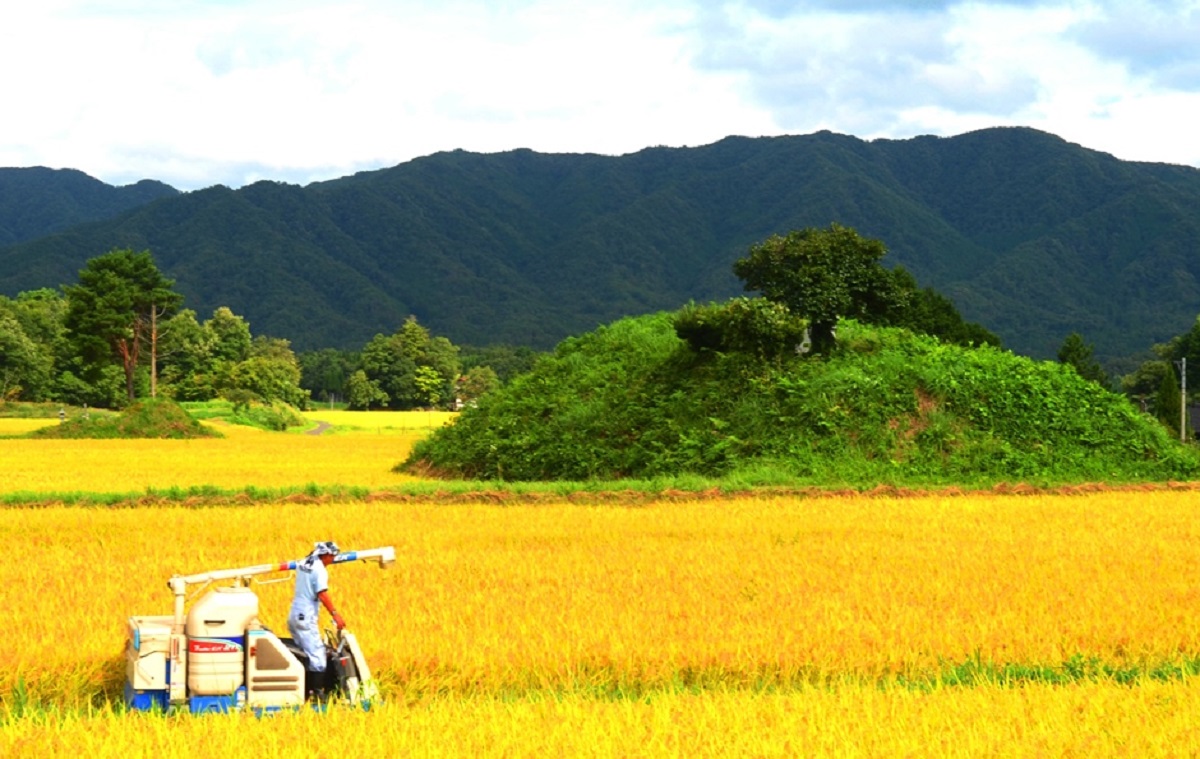 Photo 4: Landscape with Residual Mounds 1
Photo 4: Landscape with Residual Mounds 1They cut through the mountains? Where? How?? Could it really be that…?
To be continued.

*Tokotoko counter means the total number of places visited since April, 2016.
